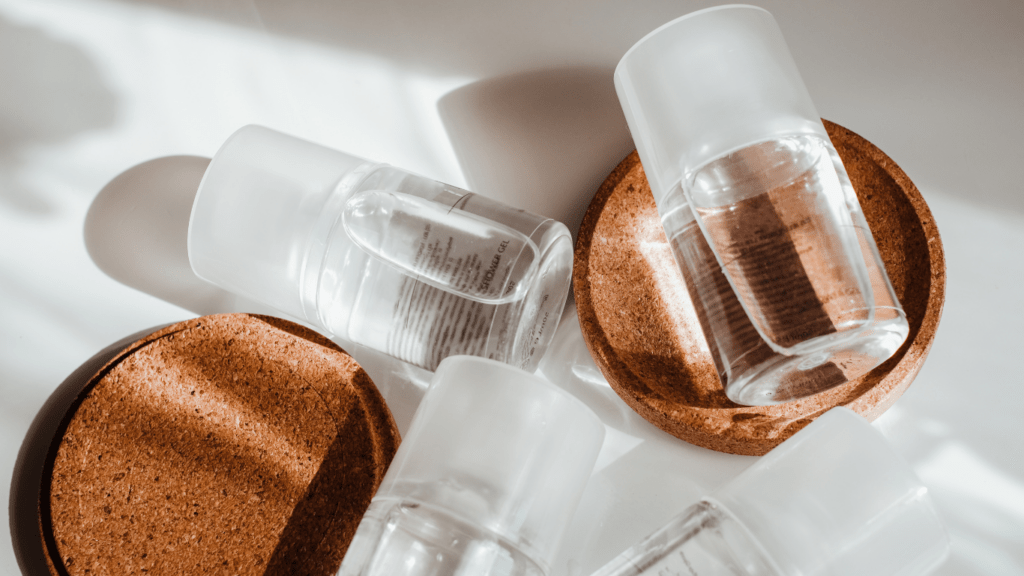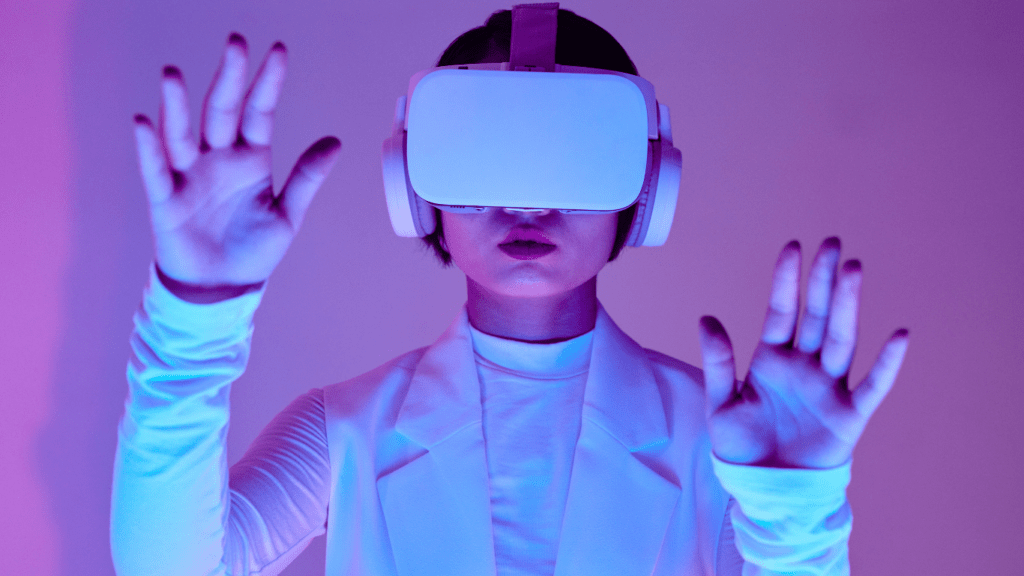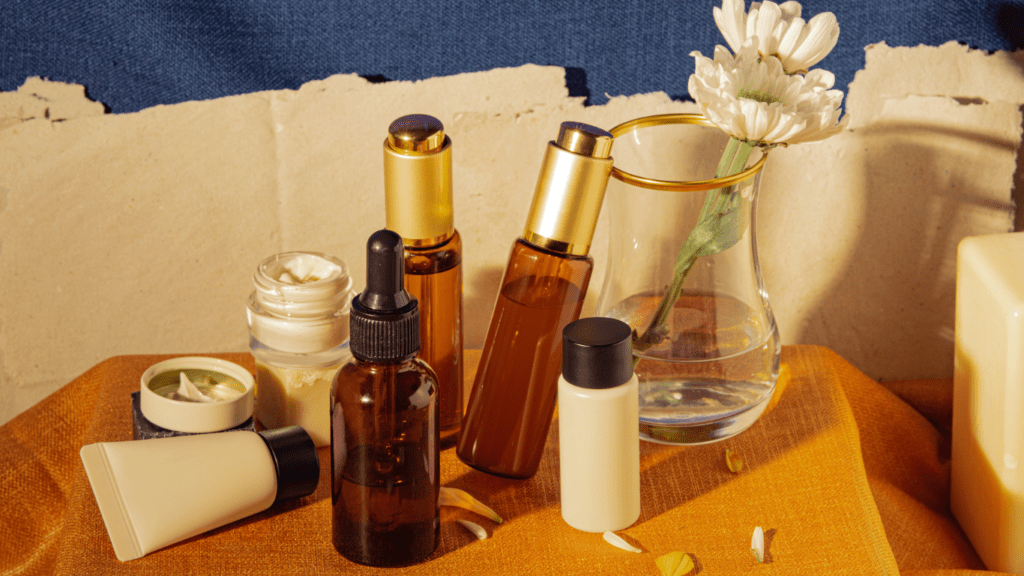The Evolution of Beauty Technology
Beauty technology has transformed significantly over the years. Initially, beauty tools were simple, like manual hair curlers. Now, advanced tech like AI and AR has permeated the industry.
Early Innovations
Early beauty tech revolved around mechanical devices. Curlers, electric razors, and basic hair dryers made up the initial wave. These tools improved efficiency but required manual effort.
Rise of Digital Tools
Digital tools began to emerge, altering the landscape. Electronic skincare devices, such as facial cleansing brushes, offered new levels of care. Brands introduced LED light therapy masks, expanding options for skin treatment.
Integration of AI
Artificial Intelligence has changed beauty standards. AI-powered apps analyze skin type and offer tailored skincare routines. These apps consider factors like skin tone, texture, and concerns, providing personalized solutions.
Augmented Reality in Beauty
AR enables virtual try-ons. Users can see how makeup looks before purchase. Major retailers, including Sephora and Ulta, have adopted this. AR apps simulate everything from lipstick to eyeshadow, simplifying shopping experiences.
Wearable Beauty Devices
Wearables have entered beauty tech. Devices like smart mirrors analyze user skin conditions, offering real-time advice. Companies like HiMirror innovate, blending smart tech with everyday beauty routines.
Future Prospects
Future beauty tech promises more integrations. Voice-activated devices may provide on-the-go beauty advice. Machine learning models could predict skin concerns, streamlining preventive care.
The beauty industry keeps evolving with technological advances, making it a central part of our daily routines.
Virtual Try-Ons: The Game Changer
The beauty industry’s shift to virtual try-ons marks a significant leap in consumer experience. By utilizing AR, the shopping process becomes more interactive and personalized.
How Virtual Try-Ons Work
Virtual try-ons use AR technology to overlay digital images onto live video feeds. By capturing facial landmarks, the software accurately maps cosmetic products onto the user’s face. For example, when users select a lipstick shade, the app displays how the color looks on their lips in real-time. This virtual interaction mimics an in-store experience, giving users the confidence to make purchase decisions from home.
Benefits of Virtual Try-Ons

Virtual try-ons offer numerous advantages:
- Convenience: Users can explore and test products without leaving their home.
- Hygiene: No physical contact with the product reduces the risk of contamination.
- Cost-effectiveness: Trying multiple products virtually saves money by avoiding unnecessary purchases.
- Personalization: Tailored recommendations based on user preferences and history.
For instance, apps can suggest foundation shades that match the user’s skin tone, enhancing the buying experience.
Popular Virtual Try-On Apps
Several popular apps offer virtual try-ons, transforming how I shop for beauty products:
- Sephora Virtual Artist: Provides makeup try-ons and personalized tips.
- YouCam Makeup: Offers a comprehensive range of makeup products and styles.
- L’Oréal Paris Virtual Try-On: Allows users to explore hair colors and styles.
By integrating AR technology, each app delivers a unique, interactive experience aligning with the needs of modern consumers. For content creators and beauty brands, tools like the Adobe Express background eraser make it easy to produce clean, professional visuals that complement these virtual experiences.
Beyond Virtual Try-Ons: Emerging Technologies
The beauty landscape’s transformation continues as new technologies enhance how consumers interact with products. Here, several advanced technologies play a pivotal role.
AI and Machine Learning in Beauty
AI and machine learning drastically refine beauty experiences. They analyze skin conditions, predict concerns, and recommend customized routines. For instance, brands like Olay use AI to offer personalized skincare advice based on selfies. These technologies assess skin hydration, age, and spots within seconds. By harnessing vast data sets, they enhance product efficacy and user satisfaction.
Augmented Reality Beauty Tools
AR beauty tools transcend virtual try-ons. They provide real-time makeup tutorials and simulate skincare effects. Apps like ModiFace allow users to visualize potential cosmetic procedures.
These tools ensure consumers make informed choices, increasing confidence in their beauty investments. AR capabilities extend to simulating environmental impacts on skin, promoting proactive skincare practices.
Personalized Beauty Recommendations
Personalization in beauty reaches new heights with tech advancements. DNA-based skincare analyses identify genetic predispositions to skin issues. Unique algorithms then curate products suited to individual needs. Prose offers customized haircare by collecting user data through surveys and environmental factors. This trend emphasizes tailored solutions for optimal beauty outcomes.
The Impact on Consumers and Brands
Virtual try-ons and other tech advancements have a profound impact on both consumers and beauty brands. Innovations enhance the consumer experience and drive brand strategies toward innovation.
Consumer Experience and Engagement
Virtual try-ons offer a new dimension to shopping, making it interactive and engaging. Consumers get to see how products look on them without physical trials, increasing confidence in online purchases.
This technology provides personalized experiences that build trust and satisfaction. For example, AR-driven apps let users preview makeup looks and skincare results, converting browsing into immersive experiences. These tools reduce the uncertainty in purchasing beauty products online by offering a near-accurate simulation, ensuring the right decisions.
Brand Innovation and Strategies
Brands are leveraging technology to innovate their strategies and offerings. Incorporating AR and AI features into their platforms, they attract tech-savvy consumers and create competitive differentiation.
By offering virtual try-ons, brands reduce return rates and enhance customer loyalty. Additionally, data collected from these interactions aids in understanding consumer preferences, enabling more personalized marketing and product development.
Example: L’Oréal’s digital strategy includes AI-powered skincare diagnostics and virtual makeup testers, setting benchmarks for tech integration in beauty. Expanding these capabilities ensures brands stay relevant and appealing in the evolving beauty landscape.
Challenges and Considerations
Privacy and Data Security
Virtual try-ons and AI-powered beauty tools collect vast amounts of user data to provide personalized experiences, making data security a critical concern. Ensuring robust encryption and storage practices is crucial since breaches can compromise user data. Beauty brands leveraging this technology must adhere to stringent data protection regulations like GDPR in the EU. Transparent privacy policies help build consumer trust, as users need assurance that their personal information is safe and used ethically.
Accessibility and Inclusivity
For tech advancements to benefit all users, accessibility and inclusivity must be priorities.
- Many virtual try-on tools require high-end smartphones, limiting access for individuals with older devices or those in less affluent regions.
- Developers can work on optimizing these tools for broader device compatibility.
- Inclusivity also extends to recognizing diverse skin tones and conditions.
- Ensuring AR and AI tools accurately represent all users fosters a more inclusive beauty industry, reinforcing consumer confidence and promoting wider adoption.



 Jewelldane Fultz is a skincare specialist and beauty enthusiast who has spent years studying the science behind healthy skin. Known for her expertise in formulating effective skincare routines, Jewelldane emphasizes simplicity and consistency to help people achieve long-lasting results. Her in-depth knowledge of skincare ingredients makes her a trusted source for anyone looking to enhance their natural glow.
Jewelldane Fultz is a skincare specialist and beauty enthusiast who has spent years studying the science behind healthy skin. Known for her expertise in formulating effective skincare routines, Jewelldane emphasizes simplicity and consistency to help people achieve long-lasting results. Her in-depth knowledge of skincare ingredients makes her a trusted source for anyone looking to enhance their natural glow.
